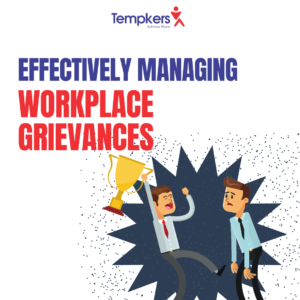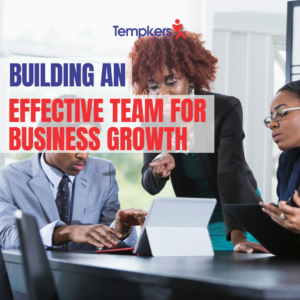
Making Critical Manpower Decisions
One critical decision every HR professional is faced with is ensuring that the manpower needs of a company is met. This means that we have

Employee engagement is defined as the degree to which employees are motivated and invested in the work they do. Engagement also indicates the individual’s commitment to the company and their connection to the people they work with.
Increasing Employee Engagement
Get the hiring process right
Employee engagement starts with recruitment, It is better to find employees who are aligned with your organizational vision than it is to change their motivation and values once they have their feet under the table. lookout for candidates with a sense of purpose, interest, and passion.
Measure employee engagement
Regular staff meeting is advised to be used to check that employee well-being and engagement are at optimum levels. Engagement will consistently show pathway for employees and open career opportunities closely followed by learning opportunities. This would boost the morale and productivity of the employee
Share the vision and mission
Employees are more engaged when there’s a goal they can reach and a purpose to inspire them, your core values and mission statement are the foundation of your company culture, which plays a large role in how engaged your employees are. Start by creating a list of company core values, then train each employee in these values.
Doing so will guarantee employees understand the company’s values, how they positively impact the business and what’s expected of each individual. Employees are proud of their role within the organization when there is clarity of goals.
Lead by example and hold every member of your team accountable. Failing to do so will foster a bad company culture of distrust that will disengage employees.
Communicate effectively
Effective communications help each worker understand and carry out their role, Demonstrate to all employees that their ideas are important as this will build loyalty and engagement as well as effective collaboration. People thrive and perform to full potential within a culture that aligns with their own values and aspirations.
Build a culture of cooperation
One of the pillars of employee engagement is collaboration. Encourage employees to share knowledge and ideas, use their talent to unleash latent creativity and help the organization to foster innovation and growth while meeting customer needs.
Use feedback
Ensuring a culture of regular performance feedback ensures that employees feel a connection with the objective of the organization, that new employees are welcomed in and feel part of the team quickly.
It’s also important to recognize and celebrate success, achievements, progress and accomplishments.
If you want the best chance at achieving positive results and improving your employee’s performance, here are some tips you can follow whenever you offer feedback:
Proper constructive criticism should always focus on the situation or issue caused by the person, rather than focusing on the person’s character.
Whether you’re giving positive comments or negative criticism, effective feedback must be earnest. State how you feel about the issue, and pay attention to your tone of voice and body language so that the person not only hears your sincerity but feels it too.
A feedback sandwich is when you sneak in a negative statement between two positive ones in order to soften the blow. Contrary to popular belief, however, this is an ineffective performance management technique. It will often cause the recipient to focus solely on their accolades and your constructive criticism can get lost in the shuffle.
Give specific feedback focused on one issue rather than addressing multiple incidents at once.
Good feedback operates best as a two-way street. The recipient will feel comforted by knowing you’re also open to receiving feedback, so ask them what they think about the issue you’ve brought up.
Once the individual has had a chance to respond, offer up specific examples of the next steps they can take to solve the issue.
To end the feedback session, give the individual a brief summary of the discussion in order to make sure they properly received the message. You can also encourage them to check in with you at any time to follow up on anything that may have been unclear.

One critical decision every HR professional is faced with is ensuring that the manpower needs of a company is met. This means that we have

What is Hazard pay? This is a payment that is made in addition to a worker’s regular salary as a bonus for accepting a job

Have you ever driven your car on 2,3 or 4 flat tires for 10 kilometres ? How did it feel? What was the impact of

Your ability to effectively manage Grievance, can make you a star In a workplace grievances must happen, your ability to effectively manage them makes you

Every CEO desires to have a dream team. People who would come together and give their best to running and growing the business. Most times

In this HR series, we will be discussing FORECASTING How many eyes do you have? Many years ago as children, we were playing hide and
WhatsApp us